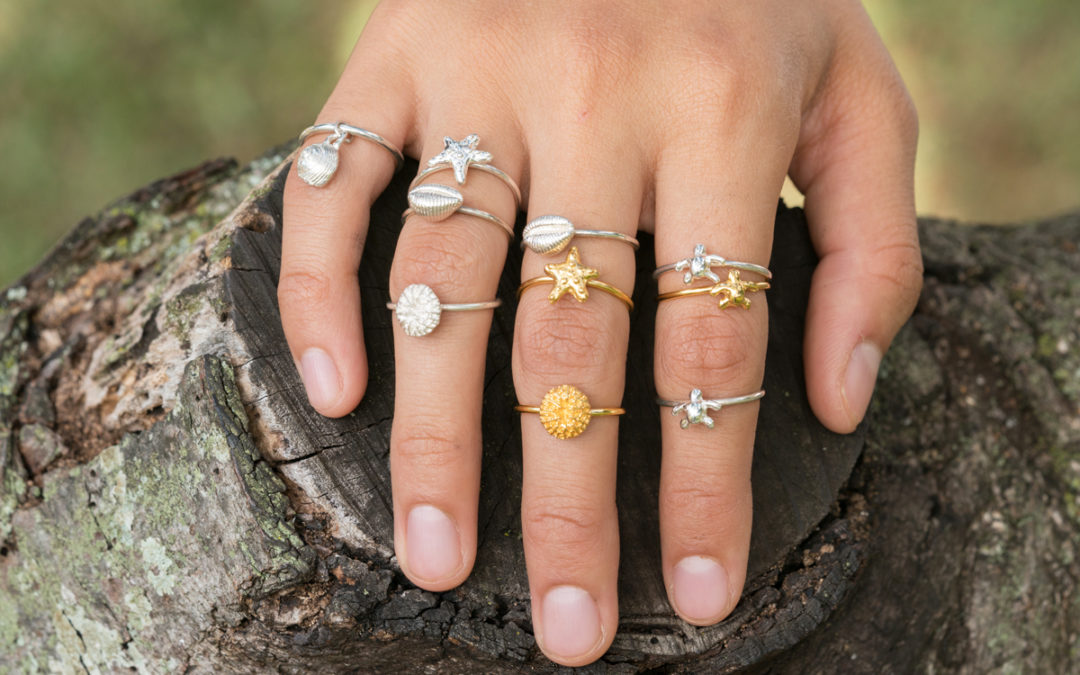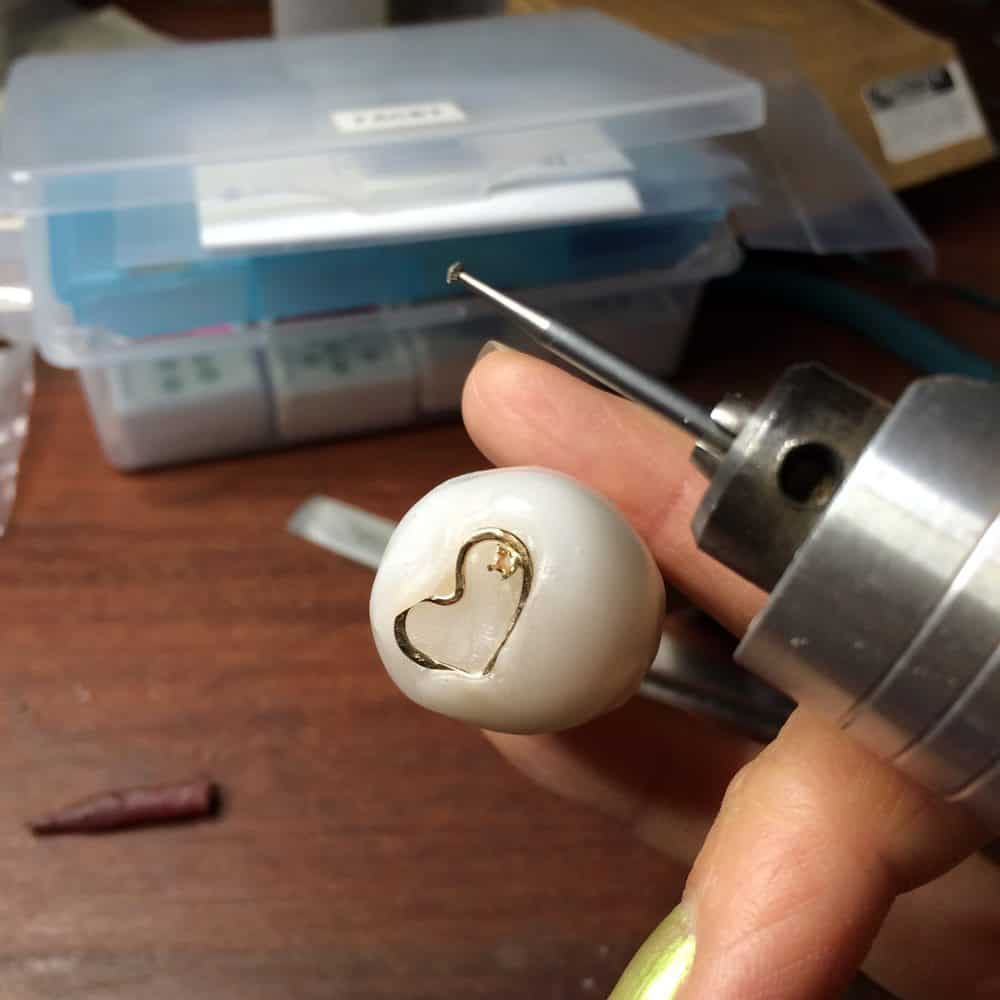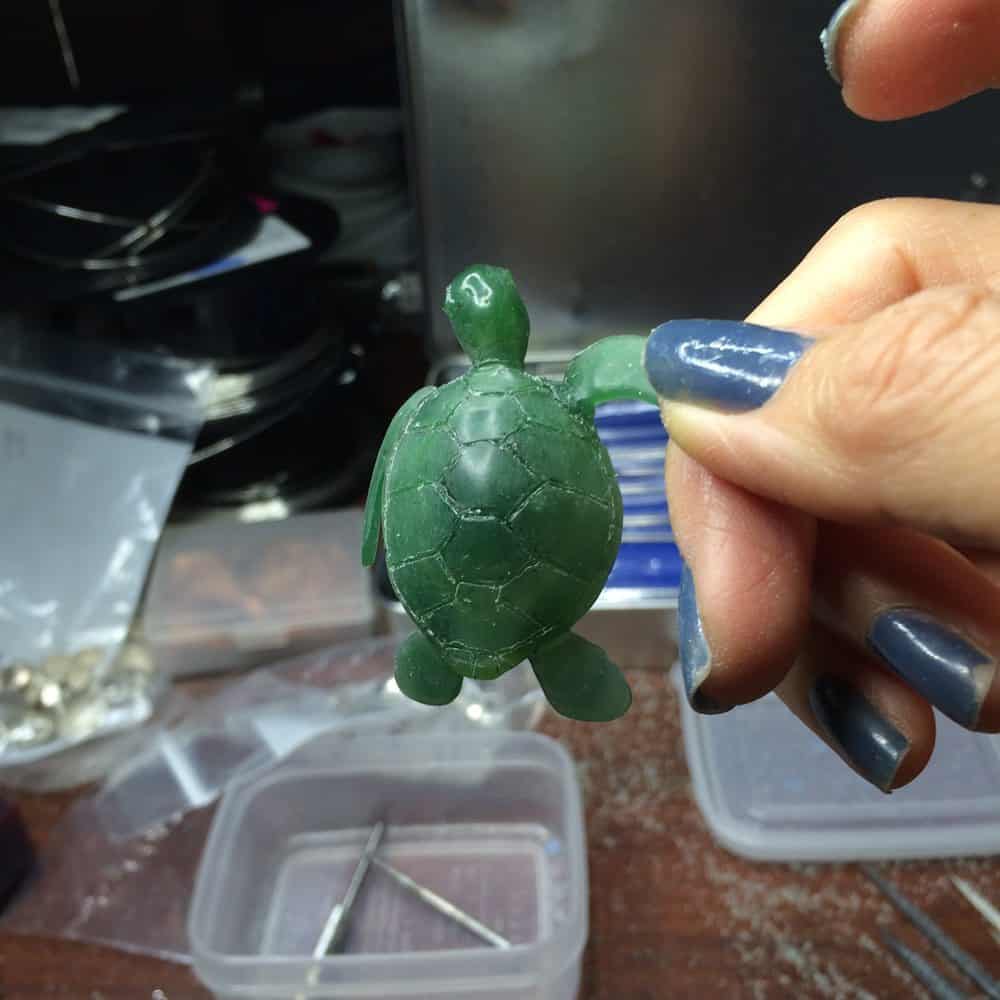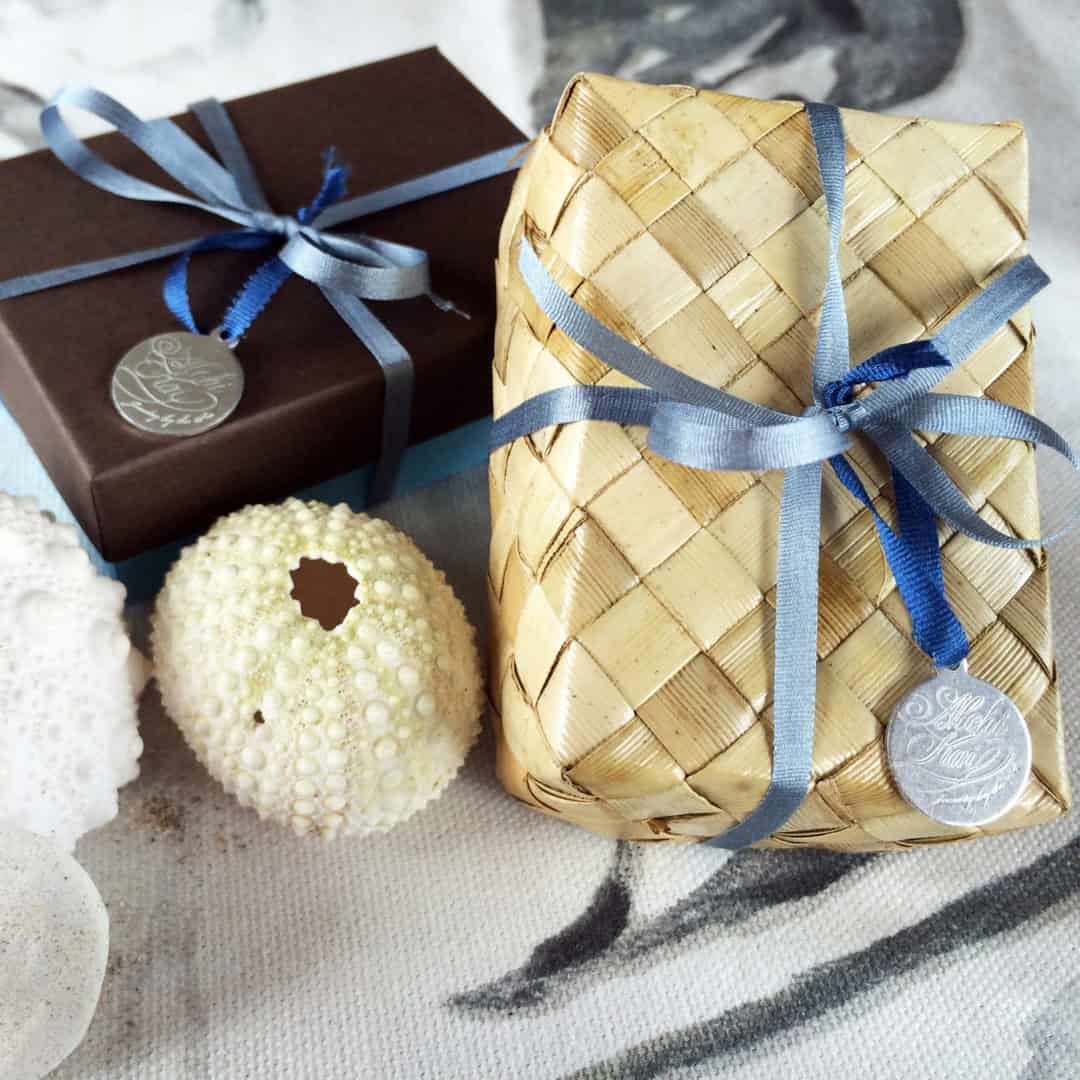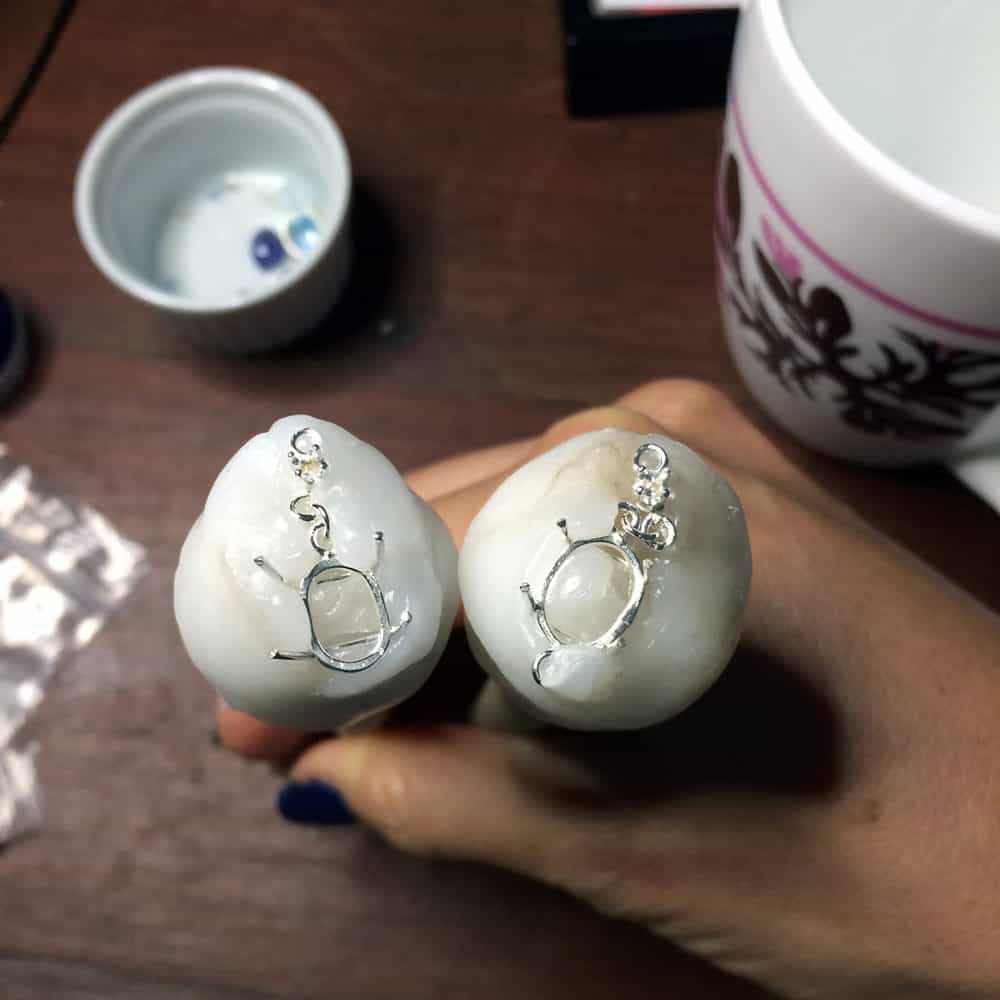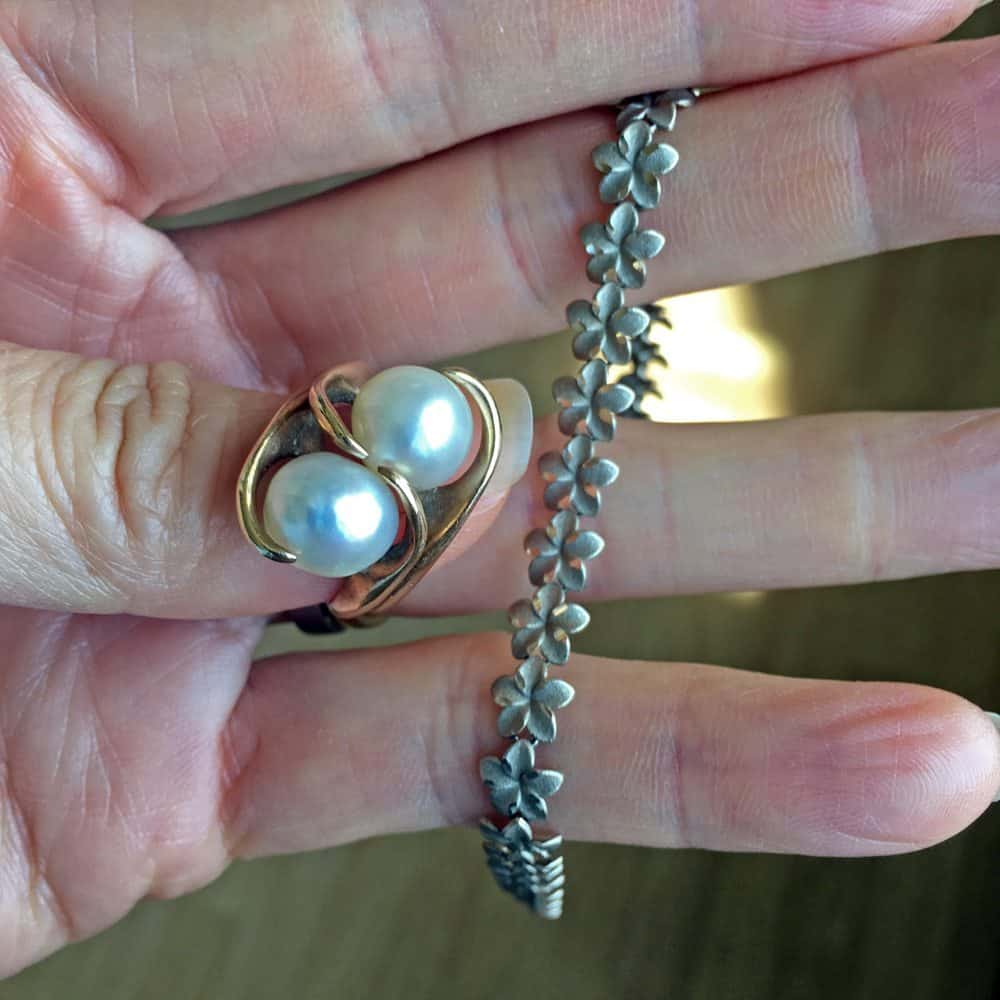(This is part III in our series on living slow. Catch up on part I and part II)
Meaning in what we wear. We seem to have evolved into a society that puts a lot of emphasis on material goods. Clothing and fashion is often a symbol of the ‘haves’ and the ‘have nots’, of ‘in’ versus ‘out’, of ‘good’ versus ‘bad’. This is not that discussion. There is far more meaning in what we wear than how much it cost or how current it is. I remember my grandmother’s going out rings, my grandfather’s exercise shirt, my aunty’s gardening shirt. These are cherished memories. But I’m jumping ahead!
So you may or may not have heard about Slow Fashion. It’s a thing! If fashion gets a bad rap for being superfluous, flighty and shallow, slow fashion would be its more measured, thoughtful companion.
What is Slow Fashion?
Influenced by the ‘Slow Food’ movement, the term “Slow Fashion” was coined by Kate Fletcher, from the Centre for Sustainable Fashion. It stands for a more conscientious way of both producing and consuming goods, inviting conversation from all aspects of production on how we can do better.
“The fashion industry is contributing to today’s sustainability challenge in a number of ways. It currently uses a constant flow of natural resources to produce ‘Fast Fashion’ garments. In the way it operates, this industry is constantly contributing to the depletion of fossil fuels, used, for example, in textile & garment production and transportation. Fresh water reservoirs are also being increasingly diminished for cotton crop irrigation. The fashion industry is also introducing in a systematic way, and in ever-greater amounts, manmade compounds such as pesticides and synthetic fibres, which increases their persistent presence in nature. As a result, some natural resources are in jeopardy and forests and ecosystems are being damaged or destroyed for such things as fibre production, leading to issues such as droughts, desertification and not least, climate change, that are affecting society at large.” – Not Just a Label
Slow Fashion tries to claw back a bit of what we have lost, an attempt to rebalance and find the ‘right’ pace, and create connections lost in today’s faster world.
“Slow Fashion is the movement of designing, creating, and buying … for quality and longevity. Slow fashion encourages slower production schedules, fair wages, lower carbon footprints, and (ideally) zero waste.” – Study New York
Memories and meaning
In the recent past, people had far fewer items of clothing than we do today. Items were purchased, worn, washed, and ironed time and time again. Like a mom’s yellow mixing bowl for cookies, childhood memories were tied to clothing – the paisley shirt Aunty gardened in; Tutu’s seed pearl rings she always wore to dinner; Grandpa’s trousers with the forgiving elastic when he ate too much. The same clothes showed up time and time again in photos. There was no shame, and in many ways it meant comfort and familiarity. And after they leave us, clothes are passed on as a memento, cherished belongings to remember loved ones by. One family I know even took their father’s old shirts and had them made into a quilt!
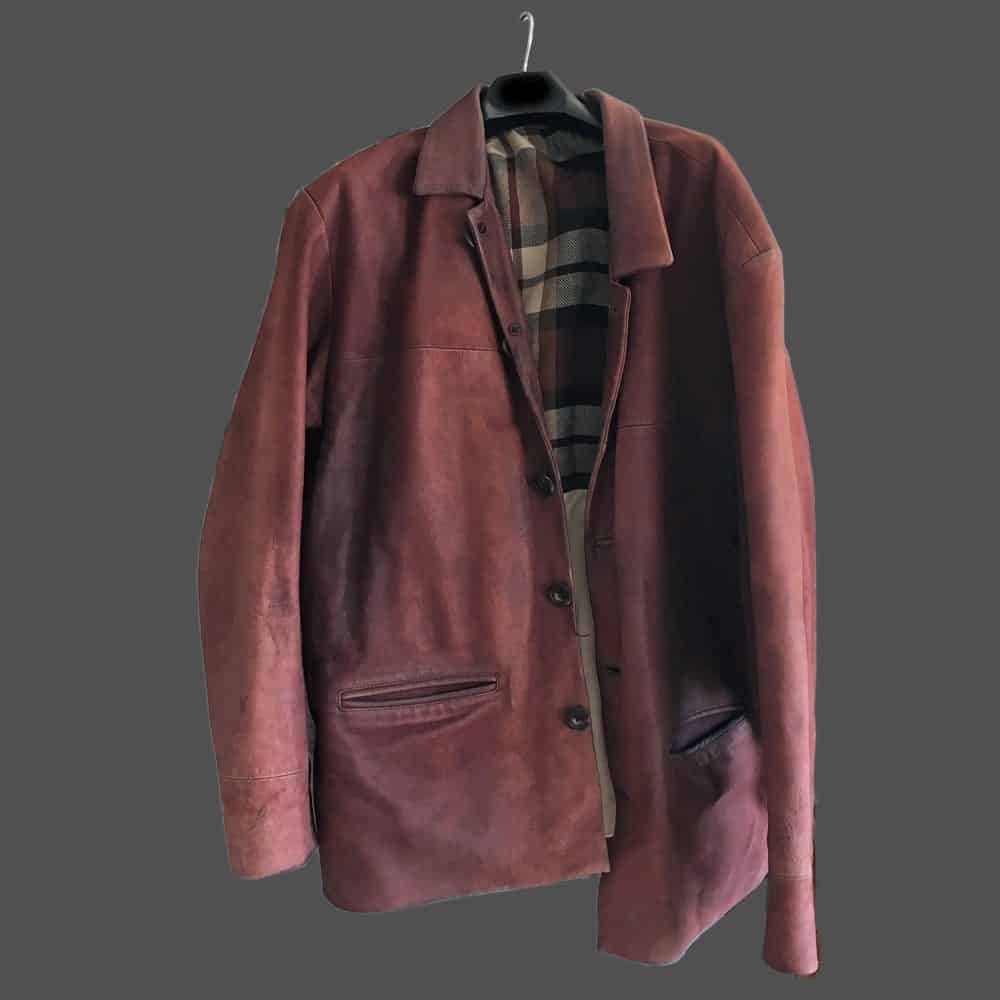
An old old leather coat, full of memories and comforting smells.
There can be meaning in what we wear.
People used to use clothes until they wore out. Its rare to find that today, especially so since Fast fashion has changed the way many in the west see clothing – cheap, trendy, disposable. Will grandchildren today have the chance to develop these memories so many adults have? Of course this is not the only reason to keep clothes longer, that would be silly. But looking at the bigger picture, meaning in what we wear is a simple lens through which to understand Slow Fashion. Among other things, it encourages consumers and producers to
- see the connections – how our actions affect others
- reduce consumption – purchase better quality less frequently, discard less
- respect all people – support living wages, respect peoples’ rights
- recognise the humanity in what we make – tell stories behind products, understand who makes them and why
- build relationships not just a businesses
- innovate and use local materials when possible – reduce carbon footprints
- preserve quality and beauty via timeless and solid design, not passing trends
- recognise the need for profitability – quality and conscientiousness won’t come cheaply, and producers must make a living to continue to offer these products.
Slow Fashion is an entire approach to how we produce and think about how we are connected to other things. The idea is to purchase fewer, higher quality items and wear them for a longer time – think how a Chanel suit has always been stylish, even if not in fashion!
“Fashions fade, style is eternal” – Yves St Laurent
What we do about it
At ‘Alohi Kai we’re fans of slow fashion; quality is more important than quantity to us. We make things in small batches, ensuring they are done right so they last a very long time. We design from the sea, not from the current season or other designers, so if you love it, and we hope you do, there is no need to throw it away. And our ambition is that you are delighted with your jewelry not just at purchase, but every time you wear our products. We stand by our work. We don’t cut corners on production and use high quality raw materials like Argentium sterling and 18K gold. And our designs are timeless; we believe that beauty and quality don’t go out of fashion.
